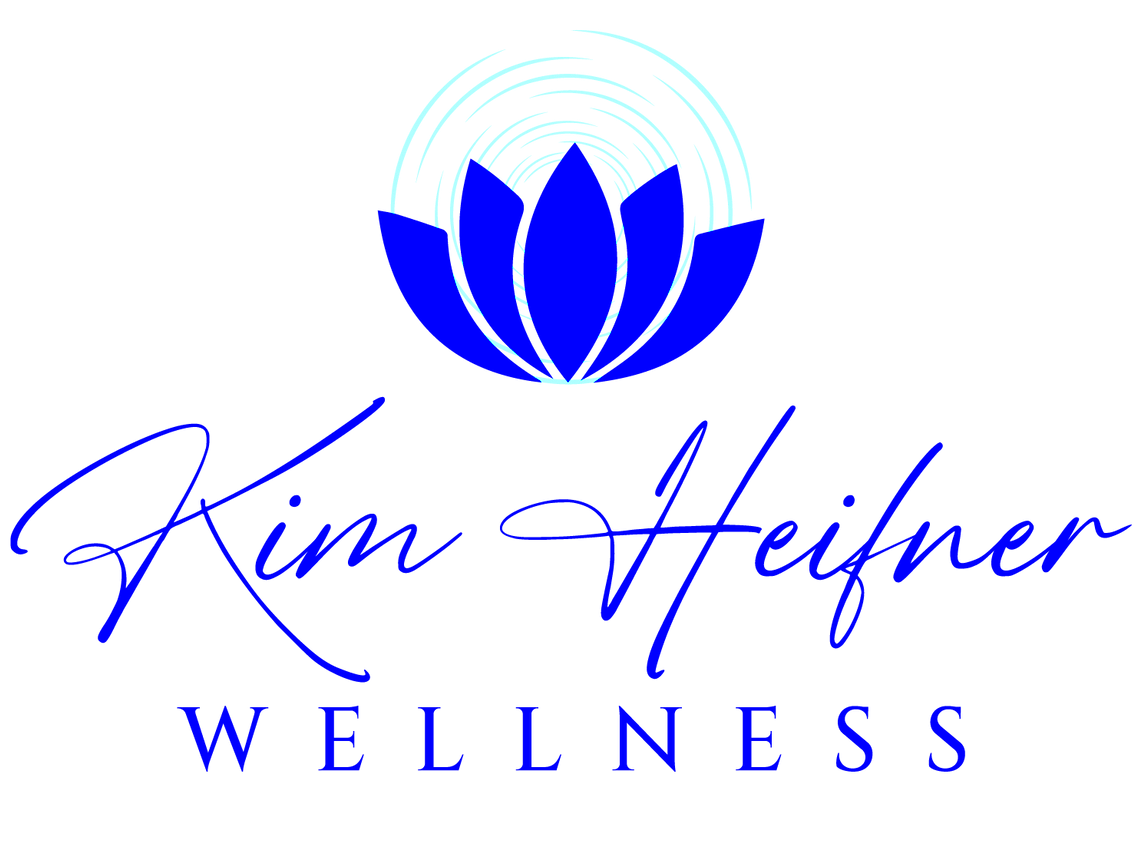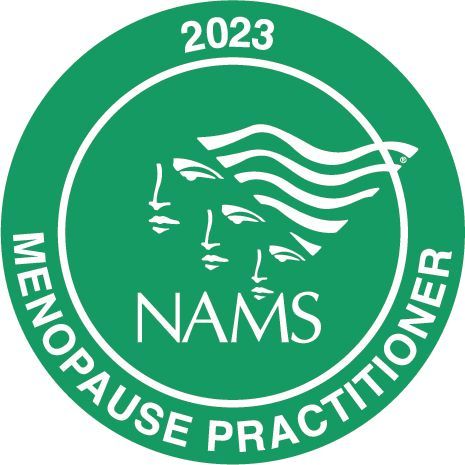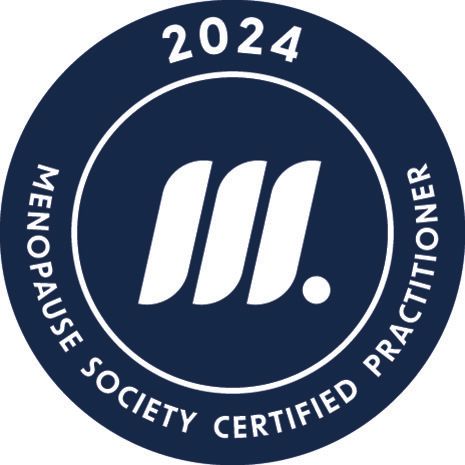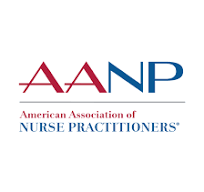Understanding the Link Between Menopause and Cardiovascular Health.

With the recent sudden death of CNN news commentator, Alice Stewart, it reminds me of the fact that heart disease is still the number one killer of women. While I don't know much about who Alice Stewart was, or the details surrounding her recent death while running outdoors, I know that is how fast something can happen to us during these years. We need to be proactive about our heart and vascular health. We constantly discuss the risks of breast cancer, while they do exist, heart disease kills us over all types of cancers combined.
Menopause can trigger a sharp escalation in a woman's cardiovascular risk (CV) allowing it to rapidly catch up to men of similar age and health status. This concerning finding comes from research presented at the American College of Cardiology's Annual Scientific Session. The study underscores the critical importance of recognizing and addressing early heart disease risk factors in women as they lose the protective effects of estrogen after menopause.
The statistics paint a sobering picture: Heart disease is the leading cause of death among women in the United States, claiming the lives of 1 in every 5 females aged 20 and older each year. Alarmingly, awareness that heart disease poses the greatest health threat to women has actually declined in recent years, particularly among Black, Hispanic, and younger women.
During the pivotal menopausal transition, declining estrogen levels can set off a cascade of changes that significantly elevate CV risk. Blood vessels become stiffer and less elastic, impairing their ability to dilate and increasing strain on the heart. The buildup of plaque in arteries accelerates, driven by unfavorable shifts in cholesterol levels, inflammation, and other metabolic factors.
To shine a light on this critical issue, I've launched several educational podcasts featuring leading experts in the field. In an upcoming episode, I sit down with Dr. Nathan Bryan, a renowned authority on nitric oxide - a key molecule that helps regulate blood vessel function. We delve into how menopause can disrupt nitric oxide production, contributing to CV risks during this life stage.
Already available is my insightful conversation with Dr. Michael Twyman, a functional cardiologist on the frontlines of preventing and treating heart disease in women. He provides an in-depth look at the physiological mechanisms driving the rise in cardiovascular dangers after menopause and offers actionable strategies for mitigating these risks.
Through these engaging discussions with preeminent voices in CV health, you'll gain a deeper understanding of the menopause-heart disease connection. More importantly, you'll learn proactive steps you can take to safeguard your heart during this transitional period and beyond. I encourage you to tune in to these must-listen episodes as part of your journey toward empowered menopause management and optimal cardiovascular well-being. Find them wherever you get your podcasts or click here to listen now!
This rapid post-menopausal convergence highlights the need for vigilant monitoring and early intervention to mitigate cardiovascular dangers during this life stage. Equip yourself with the knowledge and tools to navigate this transition confidently. I want to help you get started!
Evaluating and Mitigating CV Risks
First, evaluate and understand traditional CV risk factors, such as age, gender, smoking, obesity and overweight, physical inactivity/sedentary lifestyle, and family history. Next, understand some emerging, nontraditional CV risk factors, such as depression, breast cancer treatment, autoimmune disease, preterm delivery, hypertensive disorders of pregnancy, and gestational diabetes (DM). I will go into a little more detail, but be aware that guidelines suggest that "at the age of 50, even one single risk factor increases lifetime risk for women!" Source: Menopause Practice: A Clinician's Guide, 6th edition.
Here are some other current key risk factors for increased cardiovascular (CV) risk in perimenopausal and menopausal women:
1. Early or Premature Menopause
- Women who experience menopause before age 45 (early menopause) or before age 40 (premature ovarian insufficiency) have a significantly higher risk of cardiovascular disease, including coronary heart disease and stroke.
- The longer duration of estrogen deficiency increases CV risk factors. Hormone therapy should be initiated early in this population to mitigate these risks.
2. Dyslipidemia
- Unfavorable changes in lipid profiles occur, including increased LDL ("bad") cholesterol, triglycerides, and decreased HDL ("good") cholesterol after menopause.
- This atherogenic dyslipidemia promotes plaque buildup in arteries. Women with genetic hypercholeterolemia or those with LDL-C of 190 mg/dl or above would likely benefit from statin therapy, unless there are safety concerns. According to the Menopause Society, statins do not increase abnormalities in liver function, so there is no need for routine monitoring. Now, I would like to mention that chronic inflammation plays a strong role in the development of heart disease, so cholesterol is only one of the contributing factors. I like to look at particular lipids to further evaluate one's CV risk, such as ApoB, Lp (a), and small dense particle size and number. These are atherogenic particles that can increase CV risk, especially in women.
3. Central/Visceral Obesity
- Women tend to accumulate more visceral fat around organs after menopause, which is associated with metabolic syndrome and higher CV risk. This one is difficult, but ideally we aim to keep our BMI in the healthy range, under 25.
4. Hypertension
- Blood pressure levels often increase during the menopausal transition due to hormonal changes and other factors mentioned above. Blood pressure is known as the "silent killer" because there are often no side effects. I like patients to routinely monitor their blood pressures in the morning, and ideally they are less than 120/80.
5. Insulin Resistance and Diabetes (DM)
- Menopause is linked to increased insulin resistance, which can eventually lead to higher circulating insulin levels and type 2 DM - major CV risk factors. Women with Type 1 or Type 2 diabetes are another population that may benefit from statin therapy. Now, some research has shown that statins can increase the risk of DM in those with already increased risk, however, the onset of DM is only about 2 to 4 months earlier in statin-treated patients compared with controls in study trials.
6. Endothelial Dysfunction
- Estrogen loss impairs vascular endothelial function, reducing nitric oxide production and promoting arterial stiffness. Stay tuned for the upcoming episode with Dr. Nathan Bryan, or listen to my prior episode with him, where he shares what you must know about nitric oxide, click here to listen now!
7. Menopausal Symptoms
- Presence of vasomotor symptoms (VSM), hot flashes, night sweats, and sleep disturbances are associated with poorer cardiovascular health. So, these menopuasal symptoms themselves are not benign and increase future CV risks. While hormone therapy is the first-line, most effective treatment for VSM symptoms, there are non-hormonal FDA-approved therapies to treat alleviate them.
I can't possibly include all there is to know here in this short blog, but I have highlighted key areas to focus on, and I shared some measures above to mitigate risks, but I want to include a few more important things here:
Advanced testing like calcium scoring CT scans can detect early plaque buildup in arteries. Also, as I already mentioned, monitoring cholesterol particle size and inflammatory markers is also helpful.
Lifestyle modifications like regular exercise, healthy diet, weight management, and not smoking are crucial for reducing CV during menopause. Ideally, you perform exercise you enjoy for 150 minutes or more weekly. In addition, add in strength-training twice weekly. A mediterranean diet has proven beneficial for cardiovascular prevention. Stress-reduction is crucial, increased cortisol (stress hormone) can increase blood pressure and CV risks.
Medications like statins to manage cholesterol levels may be recommended, especially for high-risk women.
Menopausal hormone therapy has shown mixed results for CV benefits and risks, so it is not universally recommended solely for heart disease prevention. Now, evidence has shown beneficial effects on CV health when intiated close to the time of menopause, within 10 years or younger than 60. Also, the number and severity of VSM symptoms can play a role in CV risks, and HT is the recommended therapy for good candidates.
Through comprehensive risk assessments, lifestyle modifications, and appropriate medical management when warranted, women can take proactive steps to safeguard their heart health as estrogen's protective influence wanes after menopause!
















